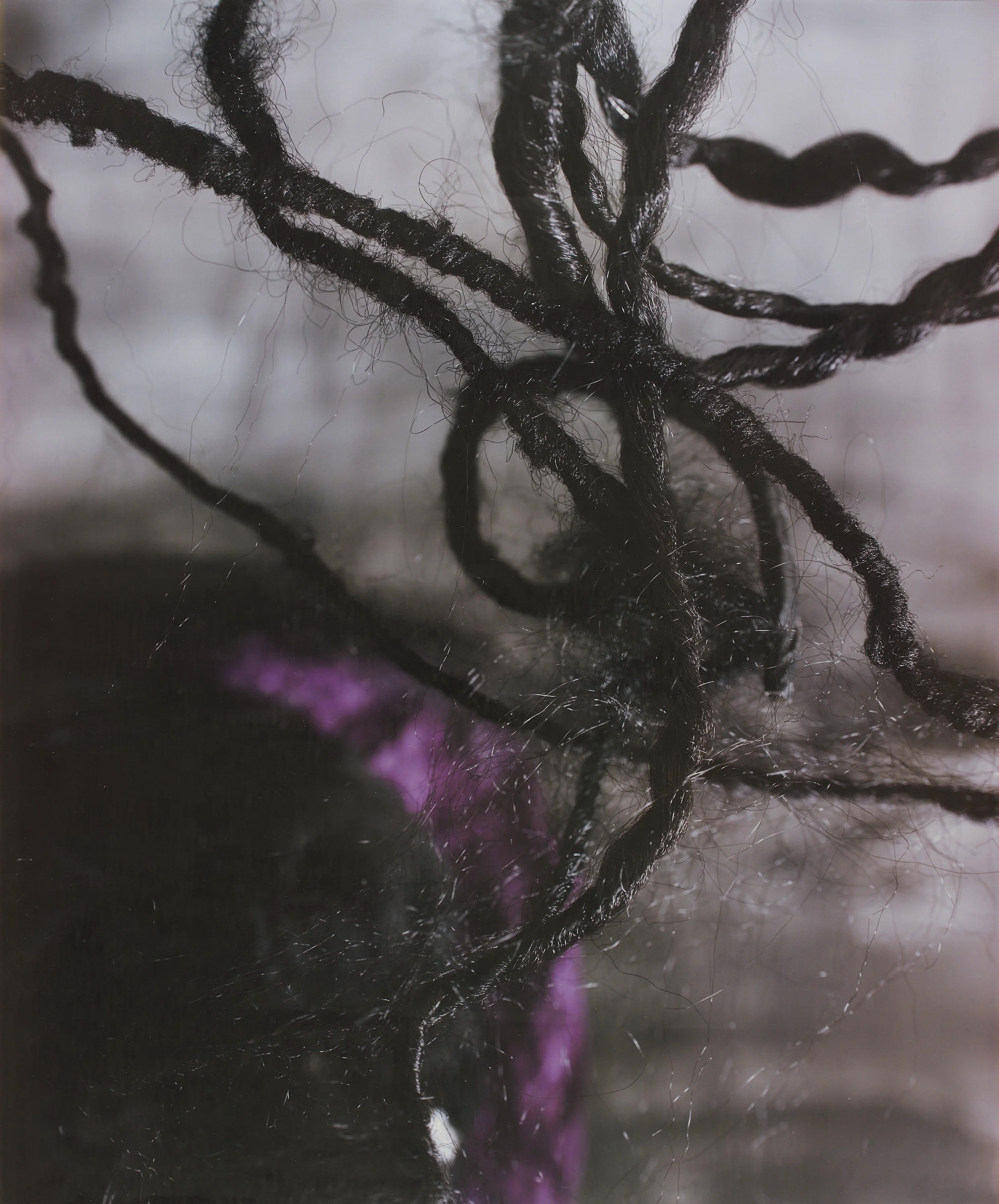Sanctuary People
Dr. Felipe Hinojosa talks with Dr. Gina M. Pérez about her recent book, what galvanizes sanctuary movements, and what commitment to community organizing and faith-based activism looks like
In this episode of OP Talks, Dr. Felipe Hinojosa, historian, professor, and endowed chair for Baylor in Latin America, talks with Dr. Gina M. Pérez, cultural anthropologist, professor and chair of Comparative American Studies at Oberlin, about her recent book Sanctuary People: Faith-based Organizing in Latina/o Communities (NYU Press, 2024).
Drawing from historical activist communities in Northeast Ohio, particularly Lorain, and their mobilization efforts following the impact of Hurricane Maria on the Puerto Rican diaspora, to broader national responses, Dr. Pérez argues that sanctuary practices as expressions of care communities reveal that sanctuary people are “not born…but continually made through decisions, big and small…How do you live with your faith? How do you respond to injustice?” This discussion highlights the ongoing effort and commitment required to become a sanctuary person.
"Perez's timely and thought-provoking Sanctuary People is a beacon of hope. The book offers readers a profound understanding of the power of faith communities to shape a brighter, more inclusive future and of Latinx communities' activist strategies to enact expansive forms of solidarity. It also provides a model for conducting socially engaged and compassionate ethnography in the 21st century."
Arlene Dávila,
New York University




